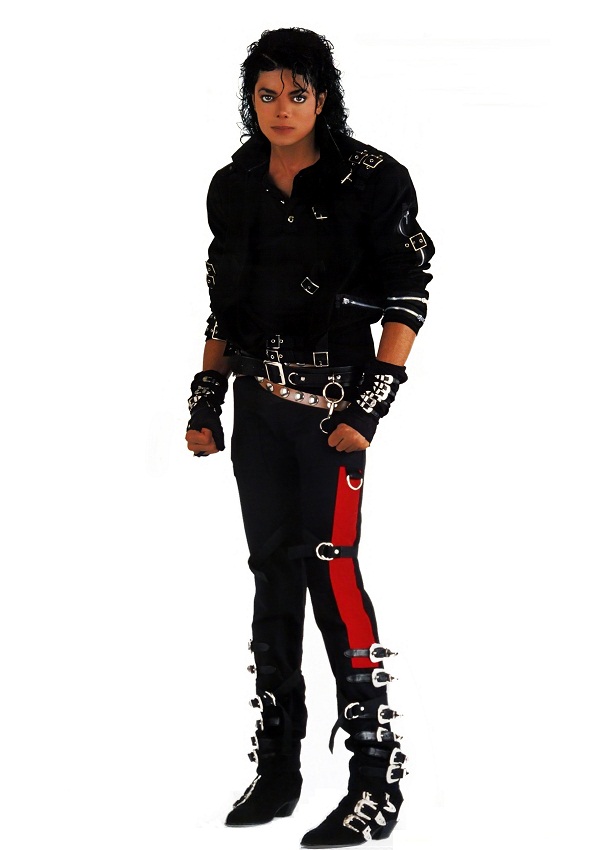How Tall Was Michael Jackson? Exploring The King Of Pop's Height And Impact
Michael Jackson, the King of Pop, is a name that resonates with millions worldwide. His incredible talent, groundbreaking music videos, and unique dance moves have left an indelible mark on the entertainment industry. However, one question that often piques the curiosity of fans and critics alike is: how tall was Michael Jackson? Understanding his height not only adds to our knowledge of this iconic figure but also helps us appreciate his stage presence and persona.
This article will delve into Michael Jackson's height, including various aspects of his physicality, career, and how his stature influenced his performances. We'll explore interesting facts about his life, including his early years, rise to fame, and lasting legacy. Additionally, we'll discuss how height can play a role in a performer's image and presence on stage, particularly in the world of pop music.
By the end of this article, you will have a comprehensive understanding of Michael Jackson's height and its significance in the larger context of his life and career. So, let's take a closer look at the King of Pop, his height, and what made him such an unforgettable icon.
Table of Contents
- Michael Jackson Biography
- How Tall Was Michael Jackson?
- Impact of Height on Performance
- Michael Jackson's Dance Moves
- The Legacy of Michael Jackson
- Statistics and Data
- Public Perception of Michael Jackson's Height
- Conclusion
Michael Jackson Biography
Early Life and Career
Michael Joseph Jackson was born on August 29, 1958, in Gary, Indiana. He was the eighth of ten children in the Jackson family. Michael's musical career began at a young age when he joined his older brothers in the family group, The Jackson 5. The group quickly rose to fame in the late 1960s, releasing several hits, including "I Want You Back" and "ABC".
Rise to Fame
As a solo artist, Michael Jackson achieved unprecedented success with albums like "Off the Wall" and "Thriller". "Thriller", released in 1982, became the best-selling album of all time and solidified Jackson's status as a global superstar. His innovative music videos, such as "Billie Jean" and "Beat It", changed the landscape of the music industry and continue to be influential today.
How Tall Was Michael Jackson?
Michael Jackson's height was reported to be approximately 5 feet 9 inches (175 cm). While this height is considered average for a male, it played a significant role in his stage presence and the way he was perceived by fans and critics alike. His height allowed him to perform intricate dance moves while still maintaining a commanding presence on stage.
Impact of Height on Performance
Height can greatly influence a performer's stage presence and overall impact. In the world of pop music, where visuals are as important as the music itself, an artist's stature can affect how they are perceived. Here are some ways Michael Jackson's height contributed to his performances:
- Choreography: Jackson's height allowed him to execute complex dance moves with precision and agility.
- Visual Appeal: Standing at 5'9", he had a balanced physique that made him visually appealing during performances.
- Interaction: His height facilitated better interaction with fans and other performers on stage, allowing him to connect with his audience.
Michael Jackson's Dance Moves
Michael Jackson was renowned for his unique dance style, which included signature moves like the moonwalk, the robot, and the spin. His height played a role in how these moves were executed and perceived. The following are some of his most iconic dance moves:
- The Moonwalk: Perhaps his most famous move, the moonwalk showcased his smooth style and control.
- The Robot: This move highlighted his precision and ability to create sharp contrasts in movement.
- The Spin: His spins were not only visually striking but also showcased his balance and control.
The Legacy of Michael Jackson
Michael Jackson's impact on music and culture is immeasurable. He broke racial barriers in the music industry and transformed the way artists approached music videos. His philanthropic efforts and humanitarian work further solidified his legacy as an influential figure. Jackson's contributions continue to inspire new generations of artists and fans alike.
Statistics and Data
To better understand Michael Jackson's height and its context, here are some interesting statistics related to his life and career:
- Number of albums sold worldwide: Over 350 million
- Grammy Awards won: 13
- Number of Billboard Hot 100 hits: 13
- Estimated net worth at the time of his death: $500 million
Public Perception of Michael Jackson's Height
Michael Jackson's height often sparked discussions among fans and critics. While some viewed it as average, others believed it contributed to his unique appeal. Jackson's ability to captivate audiences with his performances overshadowed any concerns about his height. His charisma, talent, and stage presence ultimately defined his legacy.
Conclusion
In conclusion, Michael Jackson's height of 5 feet 9 inches played a significant role in shaping his career and stage presence. While it may seem like a trivial detail, understanding his height helps us appreciate the intricate relationship between an artist's physicality and their performance. Michael Jackson remains an enduring icon, and his legacy continues to inspire artists and fans around the world.
We invite you to share your thoughts about Michael Jackson and his impact on music and culture in the comments below. If you enjoyed this article, please consider sharing it with others or exploring more content on our site.
Thank you for reading, and we hope to see you back here for more engaging articles!
Article Recommendations


